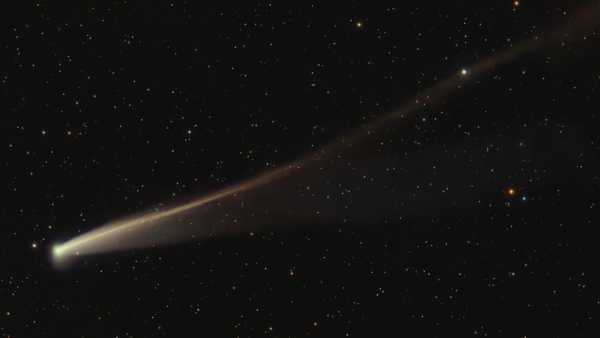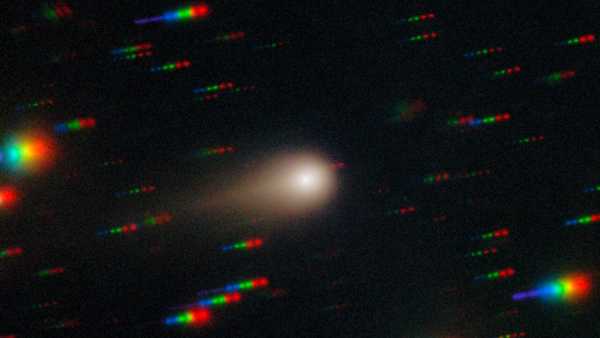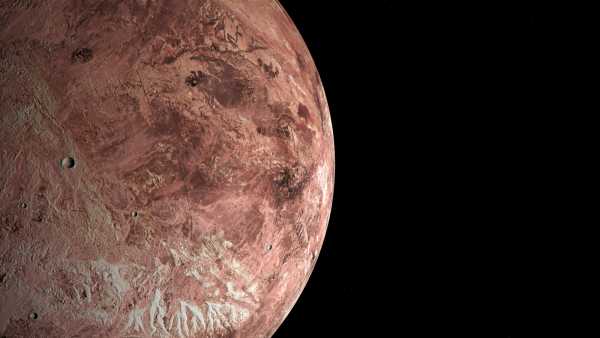
A new study shows that the dwarf planet Makemake is surrounded by small amounts of methane, a gas commonly produced by humans and animals. (Image courtesy of Getty Images)
Scientists, using the vast observing power of the James Webb Space Telescope (JWST), have detected faint traces of fluorescent gases emanating from the dwarf planet Makemake, lurking in the outer reaches of the Solar System. This is only the second time gas has been detected on an object so far from Earth, indicating that this tiny world is far more active than we once thought.
Makemake is a nearly spherical object with a diameter of approximately 1,430 kilometers (890 miles), less than half the diameter of the Moon. It is located about 45 times farther from the Sun than Earth on average, in a region known as the Kuiper Belt—a ring of asteroids, comets, and larger icy objects like Pluto beyond the orbit of Neptune. It was discovered in 2005 and has a small moon, dubbed MK2, with a diameter of approximately 175 kilometers (110 miles).
You may like
-

Images from the James Webb Space Telescope show something strange is happening with the interstellar comet 3I/ATLAS.
-
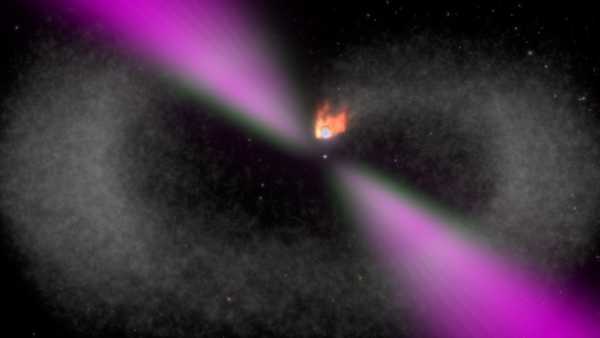
JWST has discovered a planet with an atmosphere made entirely of carbon orbiting a black widow star.
-
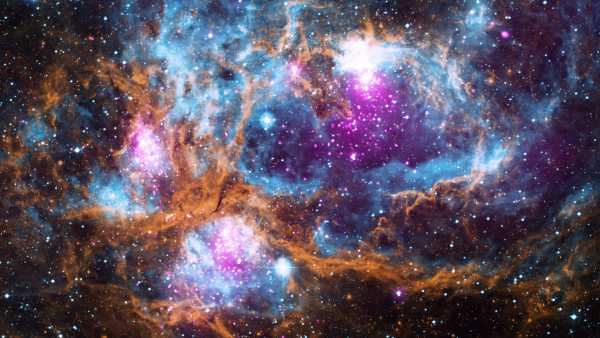
The James Webb Space Telescope has detected a strange disk around a star that could shatter planet formation theories.
According to NASA, scientists have long known that Makemake's reddish-brown surface is covered in layers of methane and ethane ice, and some even believe that its cold surface may contain small granules of these chemicals, about half an inch (1 centimeter) in diameter.
However, in a new study uploaded September 8 to the preprint server arXiv and accepted for publication in The Astrophysical Journal Letters, researchers used JWST to take a closer look at Makemake and found that the dwarf planet also has faint concentrations of methane gas surrounding its icy surface.
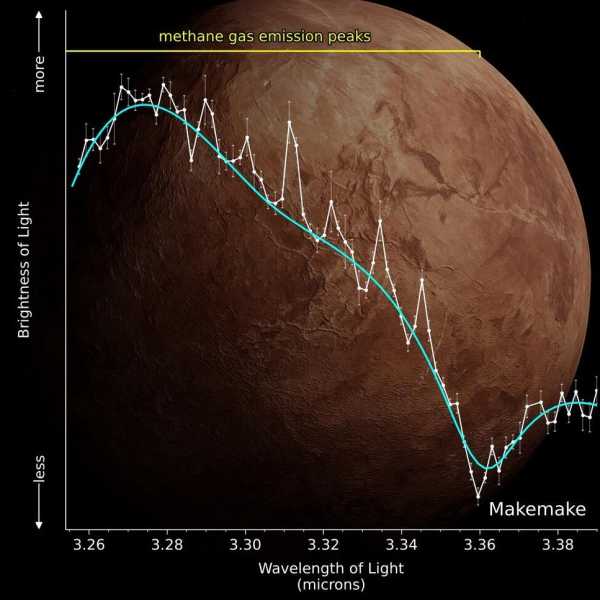
Data collected by JWST clearly shows the presence of methane on the surface of Makemake.
“Webb has now shown that methane is also present in the gas phase above the surface, and this discovery makes Makemake even more interesting,” said lead study author Silvia Protopapa, a researcher at the University of Maryland and the Southwest Research Institute in Texas, in a statement. “This shows that Makemake is not a dormant remnant of the outer solar system, but a dynamic body where methane ice continues to evolve.”
Until now, the only known trans-Neptunian object (object beyond Neptune) to produce its own gas was Pluto, which has a very tenuous atmosphere composed primarily of nitrogen with traces of methane and carbon monoxide, reports Live Science's sister site Space.com. The dwarf planet Ceres, located in the asteroid belt between Mars and Jupiter, also has a tenuous atmosphere composed of water vapor.
JWST detected methane through a phenomenon known as solar-excited fluorescence, which causes the gas to glow faintly when absorbing solar radiation. Using the telescope's advanced infrared instruments, the team also measured the gas's temperature, which is minus 387 degrees Fahrenheit (minus 233 degrees Celsius).
However, researchers are still unsure where exactly the methane is coming from and whether it will remain trapped in Makemake forever.
One possible explanation is that methane ice on the dwarf planet's surface sublimates, transitioning from a solid to a gas, and is trapped in a fragile, ultra-thin atmosphere similar to those of Pluto and Ceres. However, if this is the case, new data suggest that the pressure in this gas layer would be more than a billion times weaker than that of Earth's atmosphere and more than a million times weaker than that of Pluto, making its existence difficult to confirm.

Images from the Hubble Space Telescope helped discover the presence of Makemake's moon, MK2, in 2015.
Another possible explanation is that gas is ejected from beneath the object's icy surface in jets, similar to those seen on Saturn's frozen ocean moon Enceladus. This potential process, known as outgassing, could occur at various points on the dwarf planet, with methane expelled at rates of up to “several hundred kilograms per second,” Protopapa said. However, based on the available data, it's extremely difficult to say whether this is the case.
RELATED STORIES
NASA has discovered that the dwarf planet Ceres had a hidden “energy source” that could have fueled the emergence of alien life.
Astronomers have discovered a new dwarf planet, “Ammonite,” and this could change the very existence of Planet Nine.
— A NASA supercomputer has discovered a strange spiral structure at the edge of our solar system.
The researchers hope that subsequent JWST observations will help resolve this mystery. However, regardless of the source of the methane, the new results “challenge the traditional view of Makemake as a stationary, frozen body,” the researchers write in their paper.
Earlier this year, another team of researchers using JWST also discovered that Makemake and another distant dwarf planet, Eris, may be geologically active, potentially to the point of supporting life. (There are currently no missions planned to study either of these distant dwarf planets up close.)

Harry Baker, Social Link Navigation, Senior Staff Writer
Harry is a senior writer for Live Science based in the UK. Before becoming a journalist, he studied marine biology at the University of Exeter. He covers a wide range of topics, including space exploration, planetary science, space weather, climate change, animal behavior, and paleontology. His recent work on solar maximum won the 2024 Aerospace Media Awards in the Best Space Story category and was shortlisted for the 2023 NCTJ Awards for Excellence in the Breaking News category. He also writes Live Science's weekly series, “Earth from Space.”
You must verify your public display name before commenting.
Please log out and log back in. You will then be asked to enter a display name.
Exit Read more

Images from the James Webb Space Telescope show something strange is happening with the interstellar comet 3I/ATLAS.
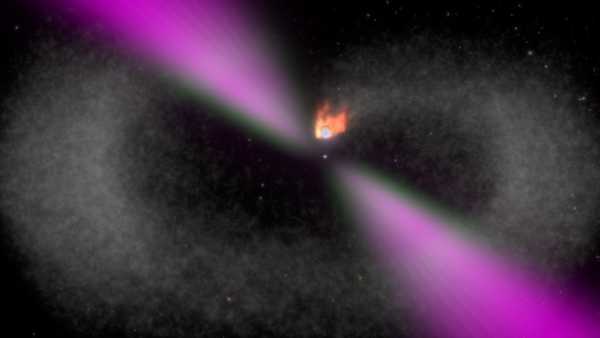
JWST has discovered a planet with an atmosphere made entirely of carbon orbiting a black widow star.
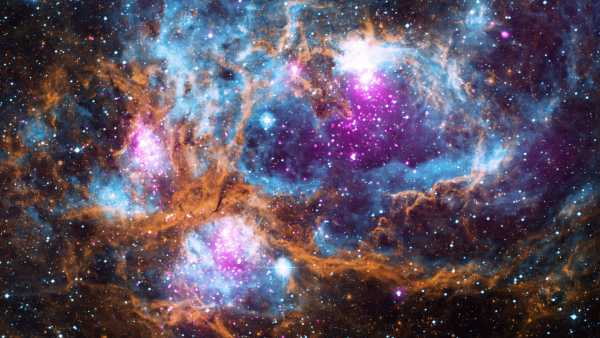
The James Webb Space Telescope has detected a strange disk around a star that could shatter planet formation theories.
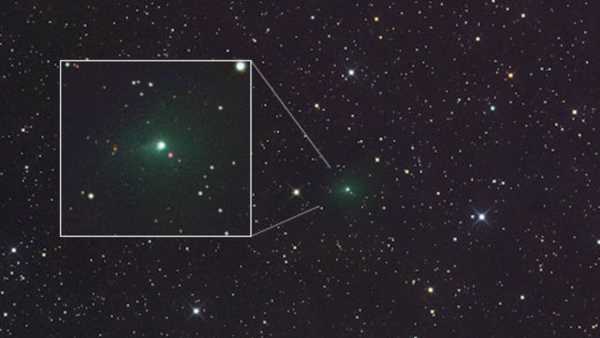
Stunning new photos show interstellar comet 3I/ATLAS may be turning bright green

Uranus has a new hidden moon discovered by the James Webb Space Telescope.
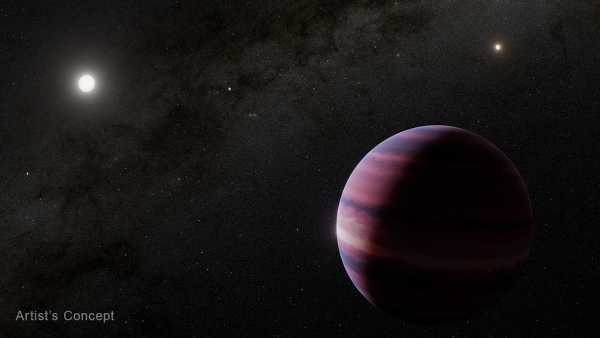
'JWST's most important discovery to date': James Webb spots – and then loses – a giant planet orbiting in the habitable zone of our nearest Sun-like star.
Latest astronomy news
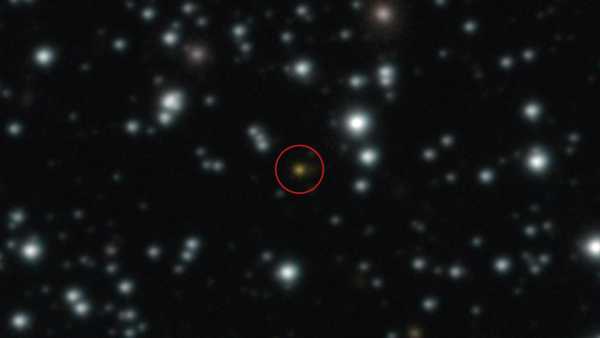
Scientists say the mysterious cosmic explosion cannot be explained.
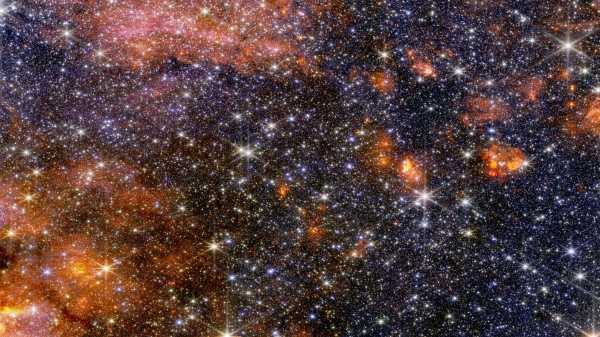
The James Webb Space Telescope has discovered thick cosmic dust in Sagittarius B2, the largest star-forming cloud in the Milky Way — Space Photo of the Week
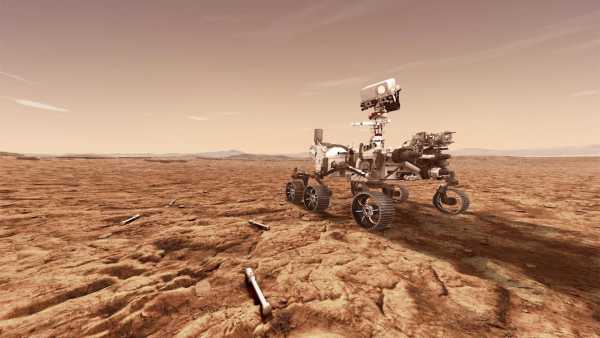
“If there's a space race, China is already winning”: NASA is unlikely to deliver Martian soil samples to Earth before China, experts say.
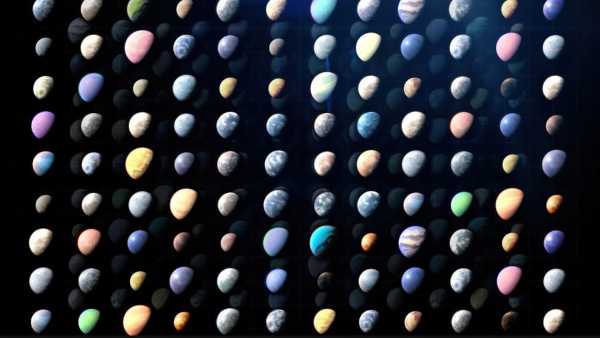
It's official: humans have discovered 6,000 planets outside the solar system.
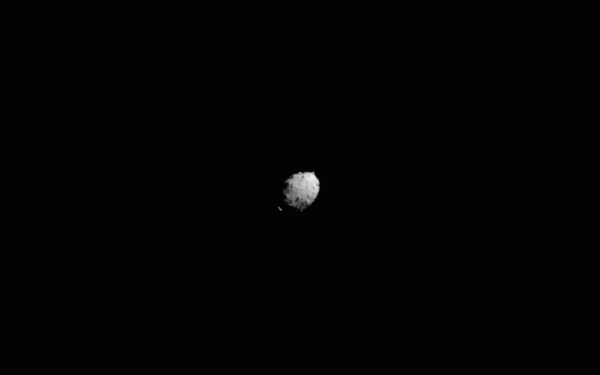
Science Story: DART, humanity's first asteroid deflection mission, hits space rock in the face – September 26, 2022
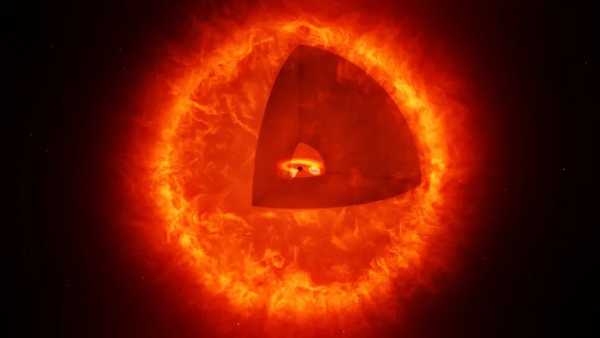
The James Webb Space Telescope may have discovered an entirely new class of cosmic object: a black hole.
Latest news
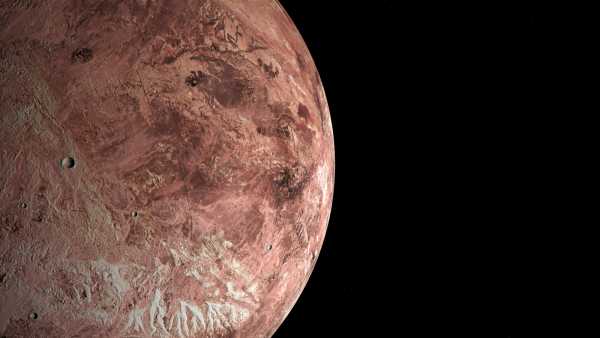
The James Webb Space Telescope has discovered a 'farting' dwarf planet with fluorescent gas in the outer solar system.

Microsoft unveiled new liquid-cooled computer chips that could prevent AI data centers from overheating.

Life-size rock carvings point the way to Saudi Arabia's earliest inhabitants and the desert oases they used

The ancient Egyptian statue of “Messi,” found in the Saqqara necropolis, is “the only known example of its kind from the Old Kingdom.”

Hurricane Fujiwara's rare 'dance' could spare the East Coast from the worst of Tropical Storm Imelda.

The study found that Iran is among the “world's most subsiding hotspots,” with some areas sinking by up to 30 cm per year.
LATEST ARTICLES
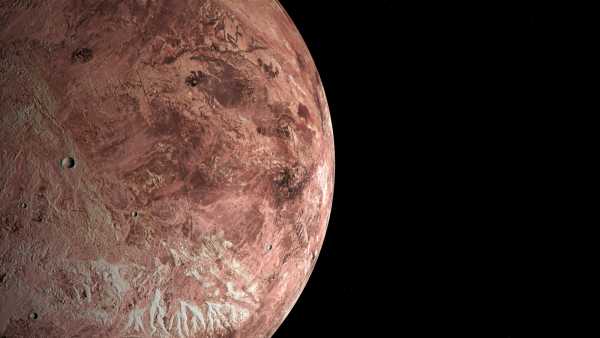
1The James Webb Space Telescope has discovered a “farting” dwarf planet with fluorescent gas in the outer solar system.
Live Science magazine is part of Future US Inc., an international media group and leading digital publisher. Visit our corporate website.
- About Us
- Contact Future experts
- Terms and Conditions
- Privacy Policy
- Cookie Policy
- Accessibility Statement
- Advertise with us
- Web notifications
- Career
- Editorial standards
- How to present history to us
© Future US, Inc. Full 7th Floor, 130 West 42nd Street, New York, NY 10036.
var dfp_config = { “site_platform”: “vanilla”, “keywords”: “type-news-daily,serversidehawk,videoarticle,van-enable-adviser-
Sourse: www.livescience.com



